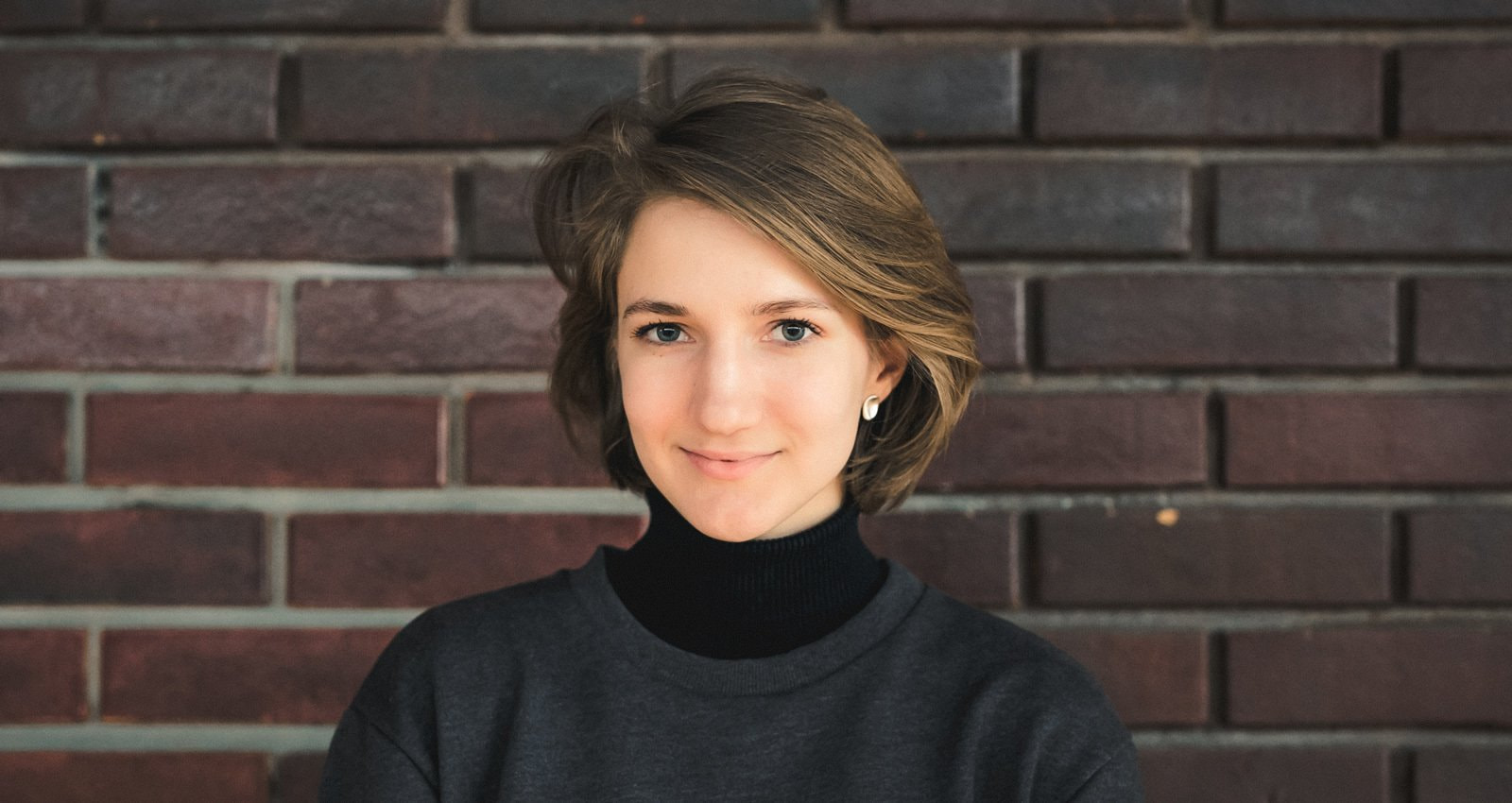Anastasia Shestak’s Diary
Anastasia Shestak (b. 1997, Moscow)
I am a Cultural Studies student at RSUH, my specialization being European Studies. My interests include research in the field of visuality, especially “observation techniques” and various spectators’ strategies used inside and outside of the museum. I write on stereophotography and the ways it is being exhibited today. I also took part in the family festival Garage Under-18 and in Art Experiment. The Miracle of Light.
Notes on Mediation
March 10
The mediation experience is unique. Everyone’s got their own one. A different one. One cannot mediate simultaneously with the rest. When there are a lot of people, you choose one or several visitors involved in the project to interact with. And this experience remains unique for everyone. For some, a talk with a stranger is a nightmare taking one out of their comfort zone. They would run away from it. Others, on the contrary, constantly look for a person to talk to. Mediation is both an inclusive and exclusive experience.
From a conversation with visitors at Ladder Café: “Voting is always manipulative to a certain extent. The freedom of choosing between several given options always means omission, exclusion of many other positions.”
March 14
On the one hand, my personal attitude to the installations. Your own emotion. On the other, speech patterns that you develop and fix on.
Visitors spend different amount of time at the installations. Perhaps, they would spend more time at the project that you tell them more details about.
March 17
Today I’ve had a unique mediation experience, when the role of the leading narrator was taken over by my interlocutor. It is important for us to build horizontal relationships, but still, I almost always remain the one who knows everything about the project, and speaks about it, while the visitor listens and shares their opinion. But today, the girl I was talking to, started asking me such questions: would I myself come to a venue where it is allowed to create handmade things? And if it were a permanently transforming artist’s studio? And the like. And while I was reflecting on her questions, she made me some tea (!).
Is it possible then, that visitors can teach museums, and not vice versa?
From a conversation with visitors at Ladder Café: “Is an authentic impression possible today, when we have access to the Internet, social networks, and so on? When we can read reviews, descriptions of a performance or exhibition via social networks, check various selections at the Village and Afisha, Telegram wall texts and reviews which we haven’t even asked for… When there are trendy directors and curators, as well as projects that everyone has already praised or blamed. Is it still possible today to elaborate an authentic attitude toward an artwork?”
March 24
Today I had visitors who came for the second time. A young man who has already been to this space, came back with friends. He asked for ribbons to throw from upstairs, extending Karoline H. Larsen’s installation. Throughout that day we had been throwing the ribbons a lot, so by the evening we ran out of them. Only small-size fabric debris were left for inscribing wishes and tying them to other ribbons. So, this is what my guests did. I was intrigued by the fact that the visitor who had already been here, could not repeat his experience, and couldn’t share it with his friends either. Returning somewhere aiming to live through an identical experience: is it really possible? In what circumstances? Interestingly, the young man brought his friends along to share it with them. Which he did, but the experience turned out to be different. And it is different for every visitor.
March 27, Arseny Zhilyaev and Asya Volodina’s board game
Arseny Zhilyaev’s board game appeared to me visitor-oriented and inscribed into our project with amazing precision. After discussing the last, fourth session of the game, one of the participants said that she had only had two options in the process: either doing nothing, as she did not understand the rules and what exactly was going on or improvise without knowing the limitations. She chose the second.
When the players were moving up to Status 2, they received from Asya a given situation and “a lot of freedom”. The way the game would turn next, how captivating and exciting it would be, depended on the players alone, on their wish to cooperate with each other, to open up, and fantasize. The game’s stages developed depending on their communication.
Another participant noticed during a collective discussion that, after returning to the carpet in the Status 2 stage, the players discussed Status 1 players as objects, which is implied by the game’s plot. But the same happens in real life: a subject can perceive the other as an object, and this is wrong. It made me think how a museum actually sees its visitor. Is it possible that a museum perceives visitors as objects, just as it does with the exhibited items?
